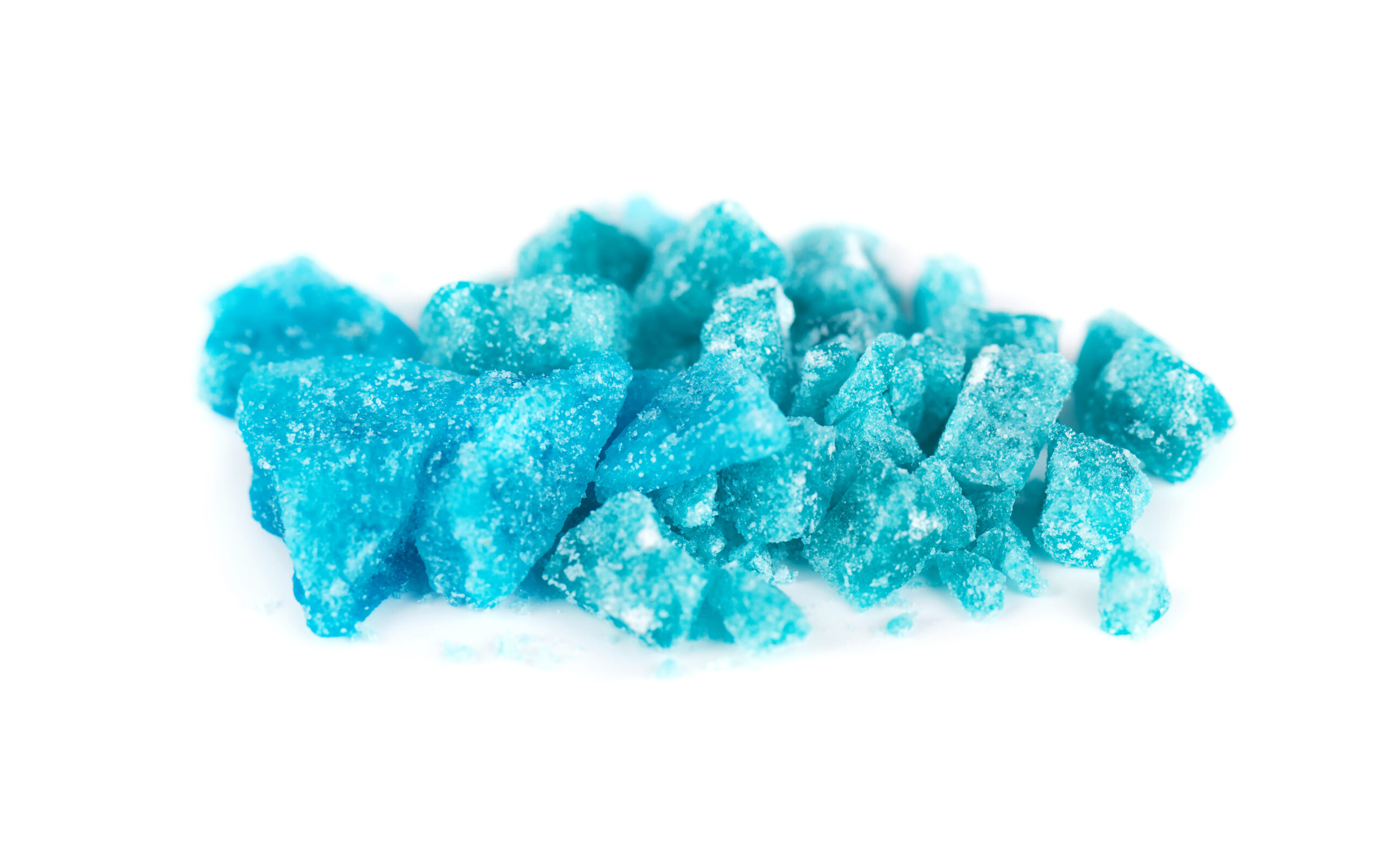Dr Des Corrigan analyses the changes occurring in Afghanistan that may flood Europe with cheap crystal meth
It is somewhat ironic that the heroin that causes so much heartache, addiction and overdoses in our inner cities originates in a country, Afghanistan, that most people associate with the mayhem and destruction that continues to befall that country due to the Taliban, Al Qaeda and ISIS.
Of course, the lucrative opium/heroin trade helps finance that terrorism and the huge amounts of money it generates has resulted in Afghanistan becoming the largest illicit opium producer in the world, according to the EU Drug Markets Report published in 2019. As if that was not enough, Afghanis are adding to their drug portfolio by investing in the cultivation and processing of low-cost Ephedra plants.
According to a recent alert from the EU’s Drugs Agency, Afghanistan is fast becoming a major producer of the ephedrine needed as a precursor in the synthesis of methamphetamine, and this has alarm bells ringing all over Europe. Ephedra normally grows wild in Afghanistan and was traditionally harvested for burning as a fuel. Since 2016, both wild and cultivated plants have become highly sought-after so that local ‘cooks’ can extract ephedrine. A yield of 15kg of ephedrine from 450kg of ephedra is sufficient to make 10kg of methamphetamine using the Nagai method, in which the starting material is mixed with iodine, sodium hydroxide and red phosphorous.
Afghanistan is fast becoming a major producer of the ephedrine needed as a precursor in the synthesis of methamphetamine
Whether the molecule is synthesised from Afghani ephedrine, from pseudoephedrine obtained from purchased or diverted OTC cough and cold medicines, or from benzyl methyl ketone (BMK), or what the recently-adopted EU Drug Strategy 2021-2025 terms “alternative chemicals” related to BMK, such as the pre-precursors APAAN, APAA and MAPA, does not really matter because the methamphetamine remains an uniquely worrying drug.
One of its unique features is the variety of possible routes of administration.
It is possible to ingest it orally, to snort it by nasal inhalation, to inject it, or even smoke it. In the latter case, this is due to the crystalline sulphate salt (‘Ice’ or ‘Crystal’) being sufficiently volatile to allow the heated vapours to be inhaled. Injection of the drug, leaving aside other consequences, carries the risk of exposure to blood-borne viruses such as hepatitis and HIV if equipment is shared. It is thus no different to other injectables such as heroin, cocaine or mephedrone (‘Snow Blow’). Another unique feature that amplifies the harmfulness of methamphetamine is its pharmacokinetics.
The plasma half-life is estimated to be nine hours and acute effects may last for up to eight hours after a single dose. So, compared to crack cocaine, where the half-life is just one hour and the effects of smoking a single ‘rock’ only last about 15 minutes, meth is a much longer-lasting drug. There are the usual concerns about crystal meth in terms of dependence and overdoses.
Deaths involving methamphetamine are usually described as rare but in the US, they have increased by nearly 500 per cent since 2012 and reached 12,000 in 2018, something that has gone relatively unnoticed because of the huge death toll due to the prescribed and illicit opioid epidemic raging almost out of control there.
The effect on cardiac tissue can also lead to arrhythmias and heart failure
Fatal overdoses are believed to have spiked by nearly 35 per cent during the pandemic, according to the April 2021 issue of Scientific American. Death rates are higher in men than in women, while American Indians and Alaskan Natives had higher overdose levels than other racial groups. Many of the deaths are due to cardiovascular and respiratory system damage.
According to a 2020 article in the journal Heart, meth has potentially fatal adverse effects on arteries and other blood vessels, including increased BP, acute vasospasm and atherosclerotic cardiovascular diseases (ASCVDs) such as ischaemic heart and cerebrovascular disease in young people who would not normally be prone to such conditions. The effect on cardiac tissue can also lead to arrhythmias and heart failure. This study found that methamphetamine use “results in a particularly detrimental and early form of cardiovascular disease”.
Chronic use is neurotoxic, resulting in both neurochemical and neuroanatomical changes at both dopaminergic and serotoninergic neurones. These changes might explain the psychotic symptoms, resembling paranoid schizophrenia frequently described in users. A 2019 systematic review and meta-analysis of mental health outcomes associated with the use of amphetamines in E Clinical Medicine included 59 studies. The review found an increased risk of psychosis, violence, suicidality and depression and noted that these risks were higher in those diagnosed with methamphetamine dependence (now known as ‘amphetamine use disorder’).
This dependence is extremely difficult to treat because methamphetamine produces the largest concentration of dopamine into the brain’s reward centre of any drug. According to Scientific American, it ranks along with heroin as one of the most addictive drugs and as a result, over 1 million are believed to be addicted in the US.
A combination of two medicines, bupropion and naltrexone, shows some promise as a treatment, as does contingency management that reinforces abstinence with vouchers that increase in monetary value for each day the client is drug-free.
One aspect of chronic use popularly associated with crystal meth use is ‘meth mouth’, characterised by dental decay due to decreased saliva, teeth-grinding (bruxism), overuse of high-sugar content soft drinks, and a general lack of oral hygiene. Ireland has been relatively free from methamphetamine use, apart from a few sporadic reports of Garda raids on labs.
It would be foolish, however, to believe that such a benign situation could last forever, especially when we have evidence of an existing ‘crack’ cocaine sub-culture. Members of that group seem to me to be highly vulnerable to attempts to move them on to crystal meth with the illusory lure of a more intense and longer-lasting buzz. Therefore, any indications of increased availability must be a cause for concern.
So far, the main export markets for that Afghani methamphetamine are Iran and Pakistan. Because Afghani heroin has so successfully penetrated the European market, an infrastructure exists to facilitate imports of crystal meth.
Links between the various trans-national organised crime groups involved in heroin production, smuggling and sales are long-standing and could easily be reconfigured to accommodate crystal meth. Therefore, who is to say that Ireland and the rest of Europe will not be faced shortly with significant amounts of cheap crystal meth, courtesy of the Taliban? It is a prospect that fills me, for one, with deep concern.








